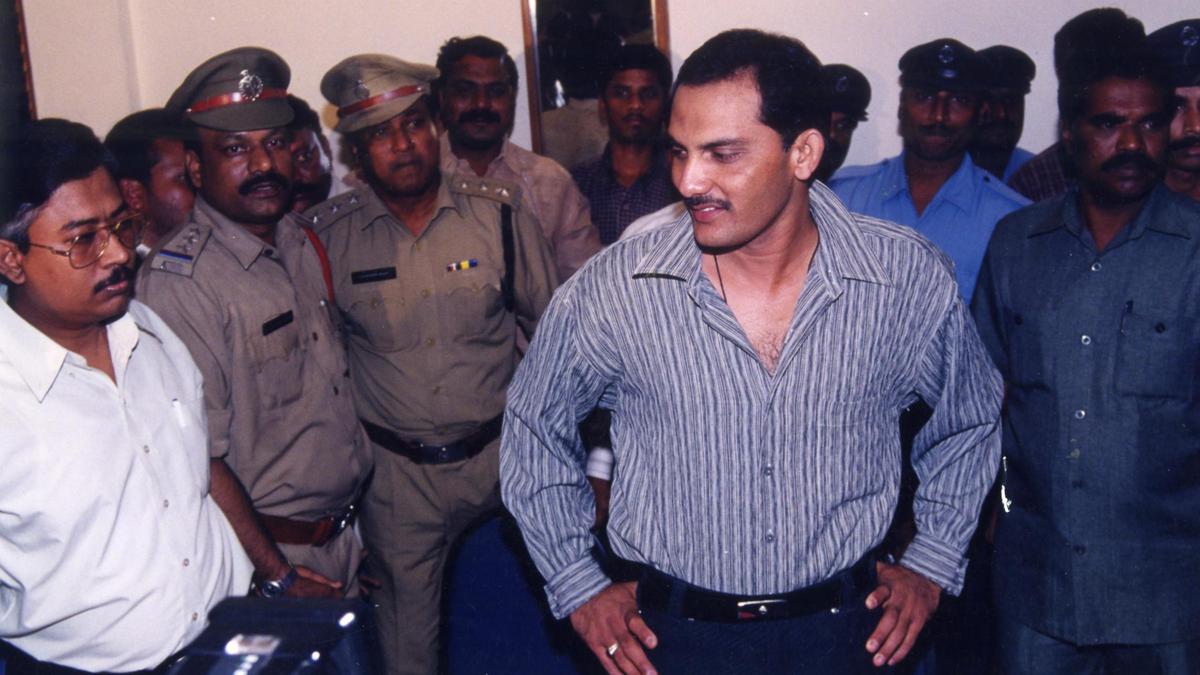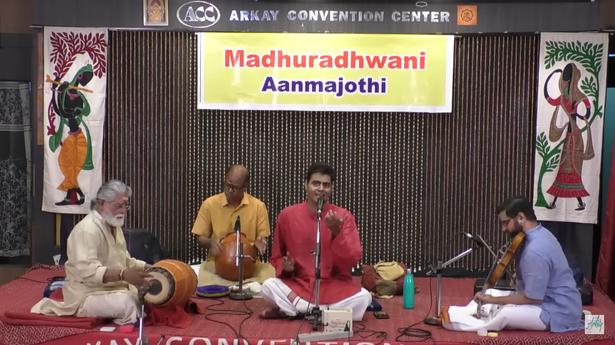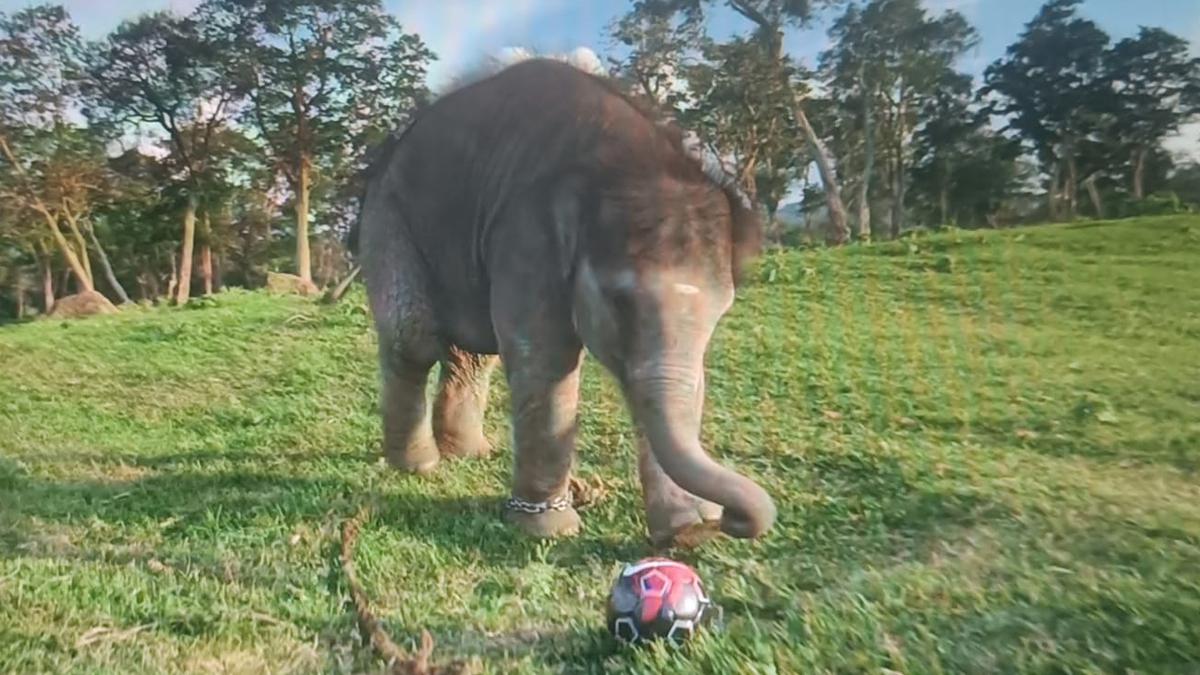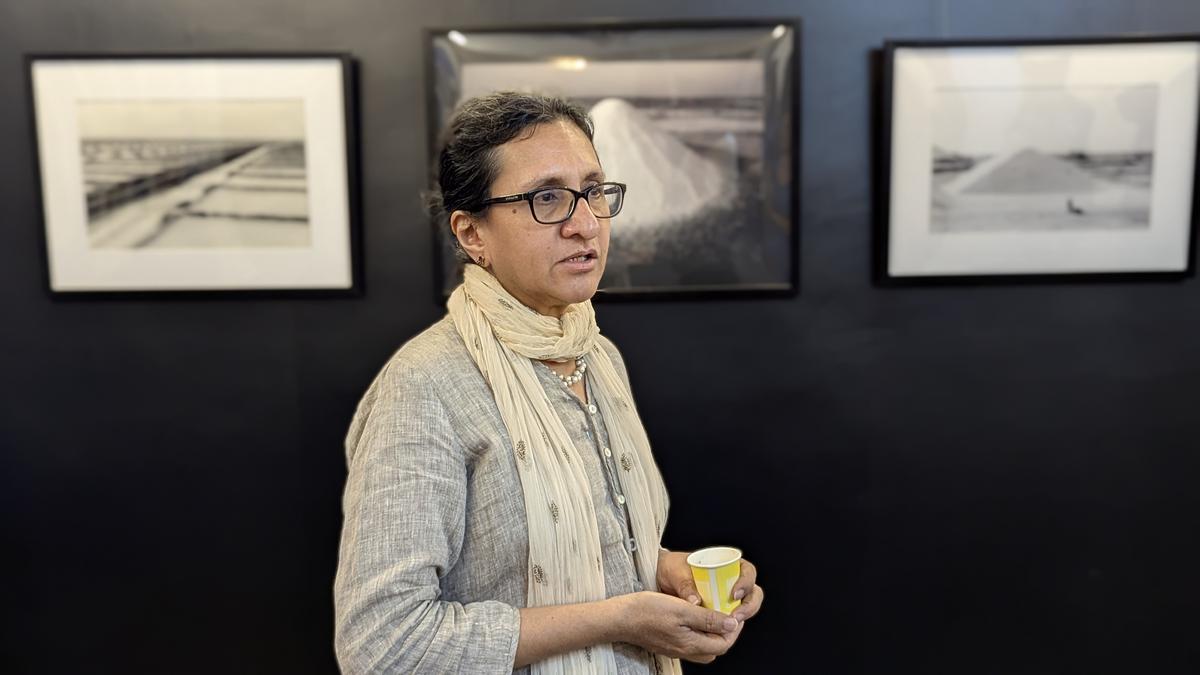Nearly 23 years after the muck of cricket match-fixing in India was uncovered by the Delhi Police, comes a new documentary on Netflix recounting that period from the people who were involved in it from all sides.
Sports journalists who were the envy of plenty for being paid to do what they love – watch cricket – were suddenly jolted out of their familiar zones and had to take on the roles of investigative reporters. As renowned sports journalist Sharda Ugra admits in the film Caught Out, “when it came to issues like betting, I was completely naive.”
The match-fixing saga in Indian cricket towards the late 90s and early 2000s turned several cricket fans away from the game for good. But many others were in a state of denial. A few bad apples, on and off the field, would not impact the integrity of the those who represented their countries with honour and honesty. The game always finds ways to draw you back.
Caught Out: Crime. Corruption. Cricket (English)
Director: Supriya Sobti Gupta
Runtime: 77 minutes
Cast: Aniruddha Bahal, Minty Tejpal, Sharda Ugra, Ravi Sawani, Neeraj Kumar, Murali Krishnan
Synopsis: A feature-length documentary that blows the lid on the biggest match-fixing scandal to rock the world of international cricket.
One should remember that Indian cricket in the 90s was not floating in cash, unlike in the last 15 years, thanks to the IPL. So the temptation to pocket some extra quid from under the table was too tempting for some players who did not come from wealth.
While cricket’s ruling bodies have since increased their vigilance, why should one visit or revisit that era now? As cricket draws more new fans, born post-2000, it is important to know about Indian cricket’s dark past too. Is it possible to condense it all over 77 minutes of film? Probably not.
Cricket fans from the preceding generations are bound to roll their eyes, as the film tells them what they already know. But do bear in mind that this is going out to a global audience. For the uninitiated, the film gives you the basics, as told by the journalists who blew the lid on match-fixing like Aniruddha Bahal.
The film aptly begins with the writer who broke the story in the June 1997 cover of Outlook magazine, titled “India’s Worst Kept Secret”, which set the tone for the Tehelka tapes, the CBI investigation and the subsequent bans on superstar national captains Hansie Cronje and Mohammad Azharuddin, all of which are covered in the film.
Bahal, an accidental sports reporter, says it helped that he was an outsider coming in. He says the cricket journalist fraternity at the time stayed clear of writing anything controversial, so when he sniffed something fishy with bookmakers regularly calling to get updates on team composition, state of the pitch etc, he dug deeper to uncover the shady nexus between bookies and certain players.
Then begins the cinematic retelling of the saga. Talking-head interviews with journalists like Bahal, Ugra, Sriram Karri, Murali Krishnan and Tehelka co-founder Minty Tejpal add colour and background on the world of cricket betting, its links to the underworld (read Dawood Ibrahim) and why Indian cricket, with its fever-pitched following, was vulnerable to corruption and exploitation, in the absence of proper gatekeepers. This was partly due to the Indian cricket board’s ignorance.
The excitable Tejpal is equally entertaining with his storytelling and annoying with his self-indulgence. However, another senior journalist, Pradeep Magazine, who has written extensively on cricket corruption, does not feature, for whatever reason.
One who does not appear in person but yet a central character thanks to plenty of archival footage is Manoj Prabhakar, the feisty Indian all-rounder who made the explosive claim that Kapil Dev offered him ₹25 lakhs to throw a game. Bahal and Tejpal describe how they skilfully got the abrasive Prabhakar on board to conduct the sting operation — using clandestine cameras rarely used before in India — which formed the basis of the Tehelka documentary “Fallen Heroes”.
There is plenty of the fall from grace of one such hero, Mohammad Azharuddin. Top CBI officials Ravi Sawani and Neeraj Kumar recall how the bureau questioned his various assets, and the grilling at the CBI office where Azhar, now presented with documents, confessed after stonewalling them earlier. There is enough material on Ajay Sharma, the India batsman who like Azhar, too got a life ban by the BCCI. However, there is no mention of other Indian players who got lesser bans due to their nexus with bookies.
On the list of omissions is the bizarre events of a one-day match at Kanpur in 1994 where Prabhakar and Nayan Mongia did not convert their winning position against West Indies. Kapil is seen vehemently protesting Prabhakar’s “vindictive” claims, but there is no mention of him breaking down during a BBC interview when asked about the horrors his family went through when he was investigated. The film explores the background and dealings of prominent bookie MK Gupta — whose dealings with Azhar and Sharma brought their downfall — but there is nothing of bookie Sanjeev Chawla or Rajesh Kalra, big names in the Cronje affair.
And anyone with no prior knowledge of this saga may wonder if cricket corruption originated in India and spread its tentacles elsewhere. Has anyone forgotten the not-so-innocent neighbour Pakistan? There is riveting material on it on the web and in books, but not in this film.
Caught Out is stylish, engaging, dramatic, and yet feels incomplete… like Azhar’s career.







